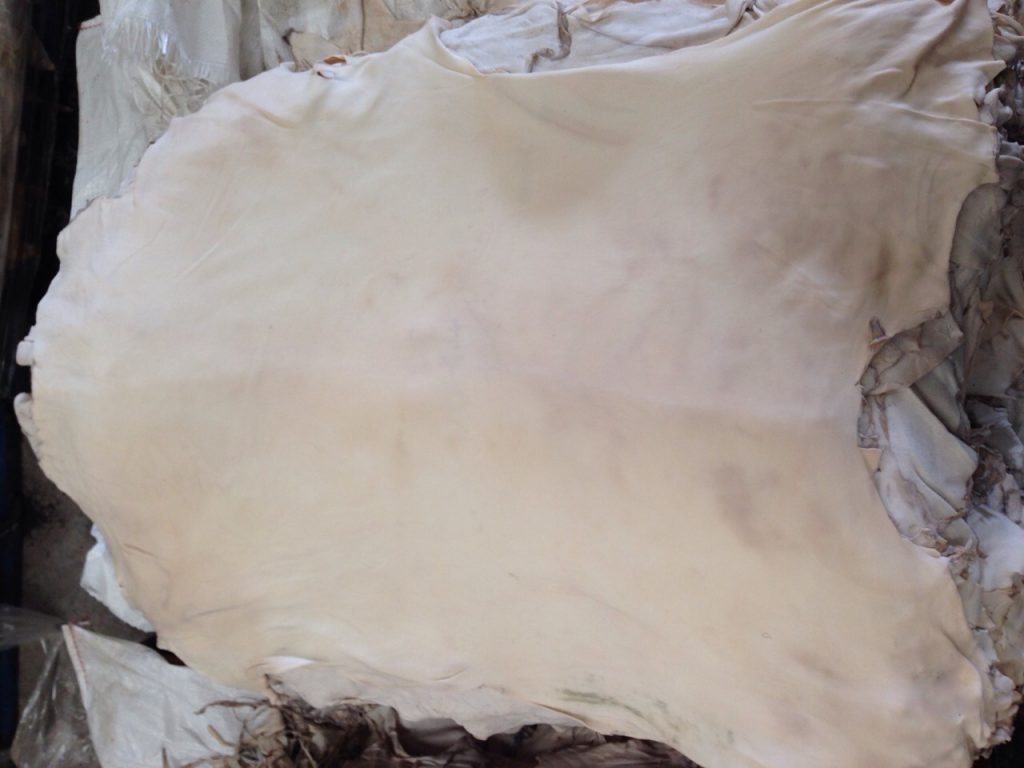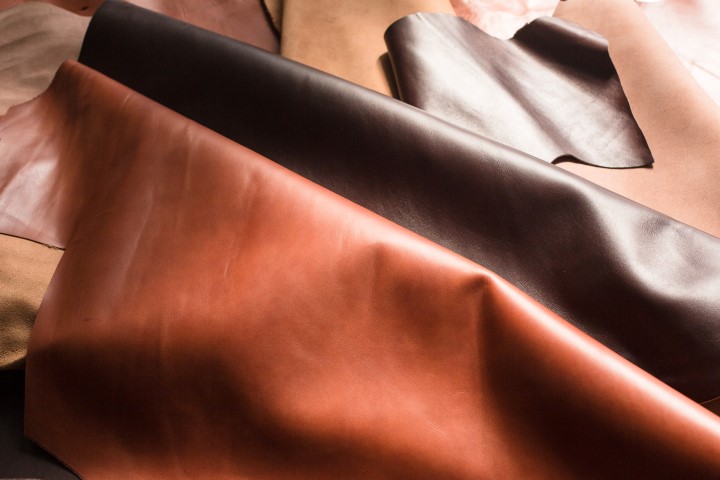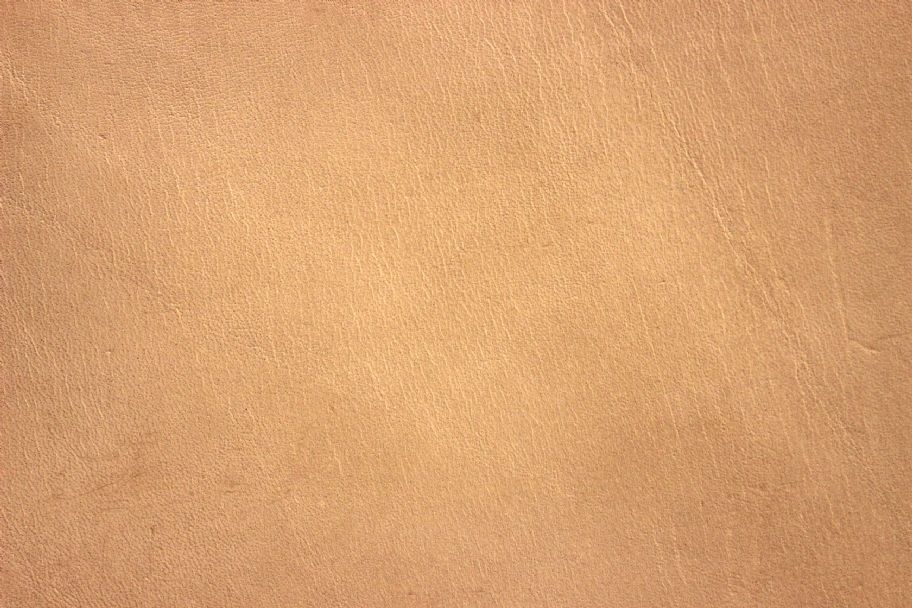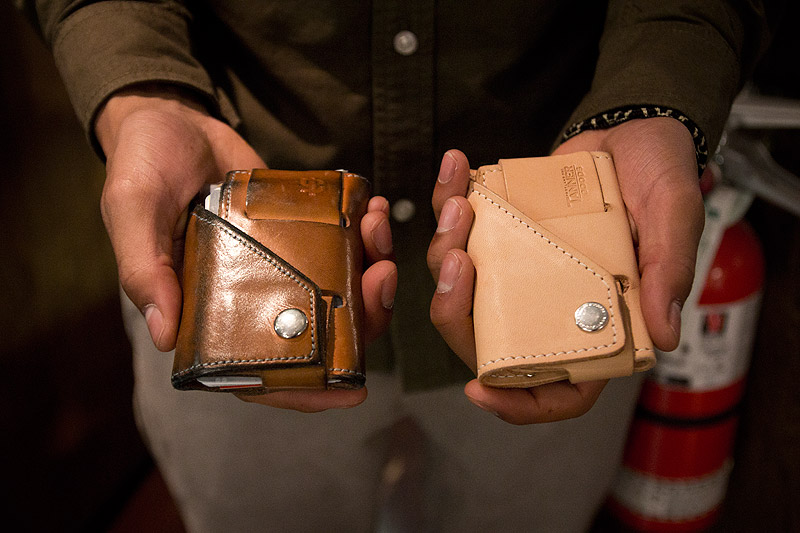Identify Leather Types: Tanned Leather
Posted by Leather Milk Customer Orders on Oct 11th 2016
How can I tell what kind of leather I have? How can I know the best treatment for my leather? Does all leather behave the same way, or does each kind require a different type of treatment?
These are burning questions in the hearts of leather aficionados everywhere. Today, we're going to dispel this mystery, and get to the juicy details about how you can harness your own Sherlockian powers of observation to identify and diagnose proper leather care for your own valued leather.
This is the first of a five-part series exploring leather 101. In the first four parts, we will be exploring the different styles of leather and how it is made, assembling a catalog of various leather types. Our fifth blog will expose useful tricks to allow you to distinguish between these different types of leather, so that you can be better prepared to know your own unique leather, and know the best way to treat it. This first section will be exploring leather tannage. Following this, we will explore leather cuts, finishes, and animal breeds, followed by Leather Type Identification Techniques. Hope you enjoy!
Identifying Tanned Leather Types
So you want to learn about leather tanning? Better stay with me folks, because tanning leather is no easy thing. This is an art that has been passed down to our world all the way from the age of the hunter-gatherers, and strangely enough, some of our methods for tanning leather are not entirely dissimilar to these ancient practices. Chromium is a modern tanning agent that dominates the tanning spectrum these days, but other more natural methods, such as vegetable tanning, are still kicking donkey ass and taking names. Other leathers may not even be tanned at all - a design known as rawhide. You can also - if you've got some patience and the right measure of skill - even tan leather yourself with minimal cost through bark or brain tannins. Mike Reed's got an awesome video on Youtube showing how that works here.
So what exactly does it mean to "tan" leather? In short, tanning leather is all about making decomposing animal skins stop decomposing. This is accomplished through a special material called tannin (usually made from minerals or vegetables), or a synthetic solution, which preserves leather and stops decomposition almost indefinitely. Prior to the application of tannins, there is a long preparation process where leatherworkers remove all the gross meat, fat and hair that's still attached to the leather-to-be. I won't go into the nitty gritty details here (you've got Wikipedia for that, Internet Detective!). I will say that, by the time the tanners are done preparing the hide, your leather's going to look something like this.

After the hide's been prepared, it is thoroughly cleaned to open up its pores, and is then finally submerged into a tanning solution. The process of tanning begins. Tannins or other synthetic compounds embed themselves deep into your leather's fibers, preserving its form and halting decomposition. When your leather emerges from this process, it is cut, given finish, and eventually assembled into that lovely briefcase or leather purse sitting next to you. Voilà!
I've devoted a separate blog, "Leather Tanning Methods," to discussing the distinctions between chromium and vegetable tanned leathers in-depth, but I'll try to summarize some of the key attributes to different tanned leathers here. Additionally, Saddleback Leather has an excellent page discussing the quality of chrome tanned leather hides, you should check out.

Chromium Tanned
- A synthetic compound, more accurately known as Chromium(III) sulfate; derived mostly from wastes due to chromatic oxidation of organic compounds. Not biodegradable.
- Dampened, or artificial leather scent, or otherwise more chemical-like scent, owing to the chromium compounds imbued into the leather's fiber matrix.
- Somewhat easily scratched, with vaguely uniform appearance and less visible pores.
- Less breathable pores, but more pliable; more resistance against absorption of liquids.
- More uniform, opaque coloring, less natural than vegetable, but may retain some of the starker natural qualities. May develop patina.

Vegetable Tanned
- Natural qualities; tannins derived from mineral or vegetable compounds. Biodegradable.
- Possesses natural leather scents and aesthetic: grainy, with spontaneous patterns and non-uniform appearance. Marks and traits that were visible on the animal prior to leather extraction are most easily seen with this leather.
- Highly absorbent and breathable; scratches can rub out more easily; pores are much more visible.
- Less pliable and supple than chrome-tanned leather, with a greater feeling of substance.
- Colors richer and deeper, less artificial and opaque looking. Patinas frequently and more easily.
Count on Variation
If you are still in doubt about your leather’s type after checking for these qualities in your leather, it is also a good idea to ask the leather’s manufacturer. Take note that the leather type attributes identified in this post might be enhanced or diminished by other ways the leather is prepared. For example, your vegetable tanned, top grain leather may possess all the porousness natural qualities we've talked about, but beneath a coat of pigmented finish, you'd never know it was vegetable tanned! In the following posts of this series, I will discuss factors like the leather's animal breed, describing how these changes may affect your leather’s design.

In a similar fashion, leather may change as it grows and gets used. Leather exposed to sunlight may fade in appearance over time, or leather treated regularly with Leather Care Liniment and used often, may develop a lovely glazed appearance - indicating patina. You can read about Patinas and Leather here.
Tune in next time to learn more handy Leather Identification 101: a crash-course on leather cuts, empowering you with all the know-how you need to give your leather the love and affection it deserves.
Cheers, leather aficionados & friends!

